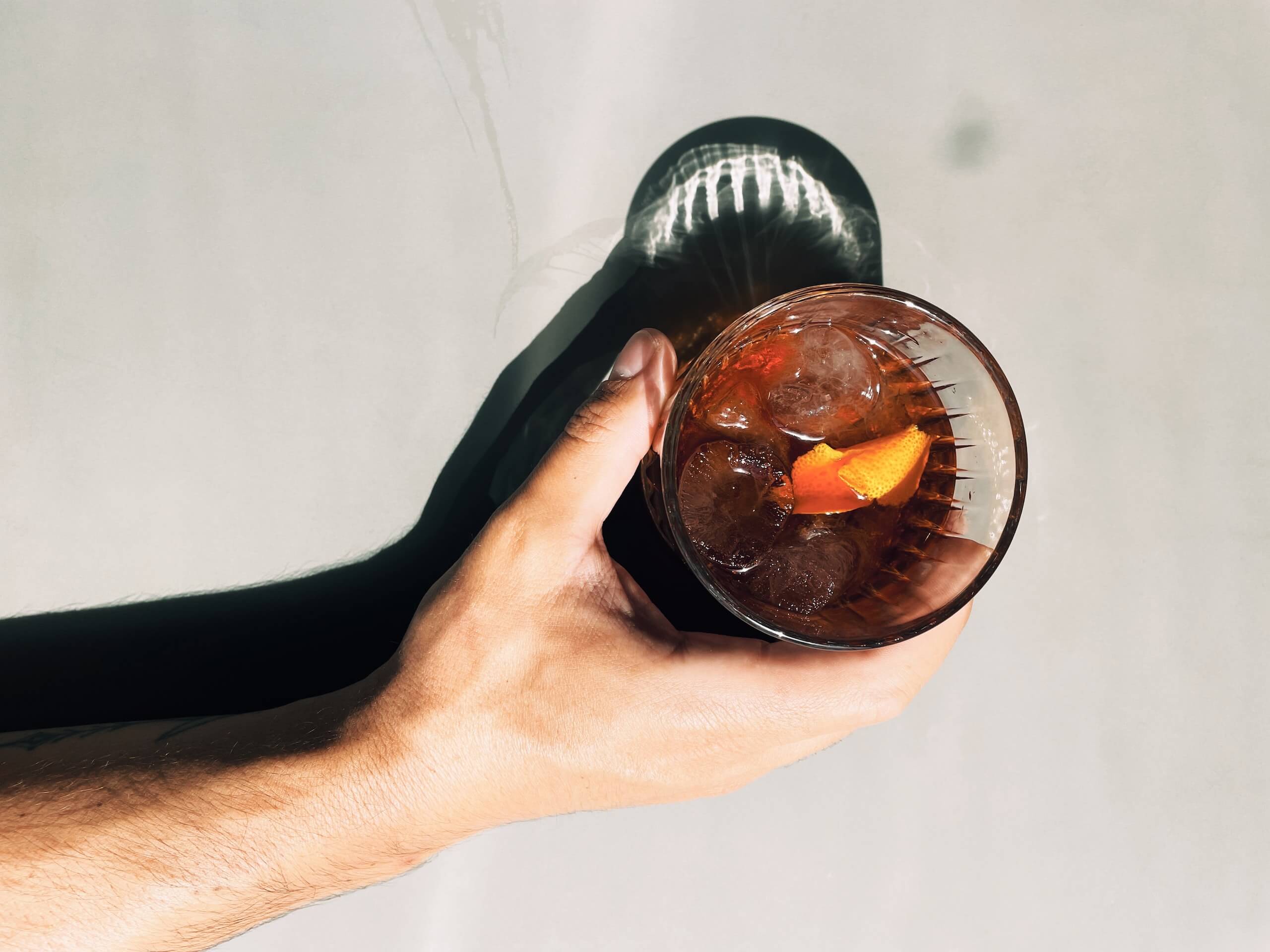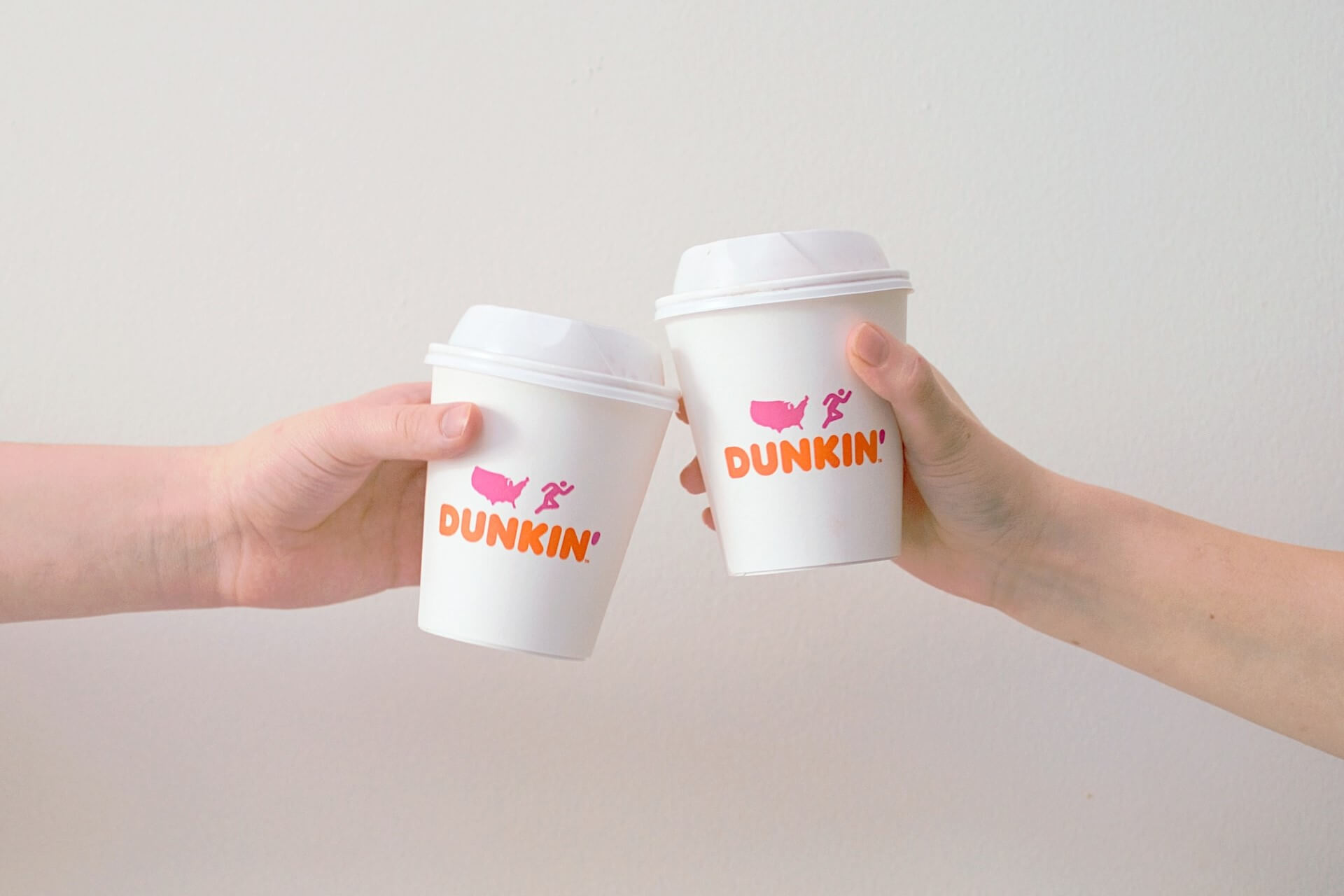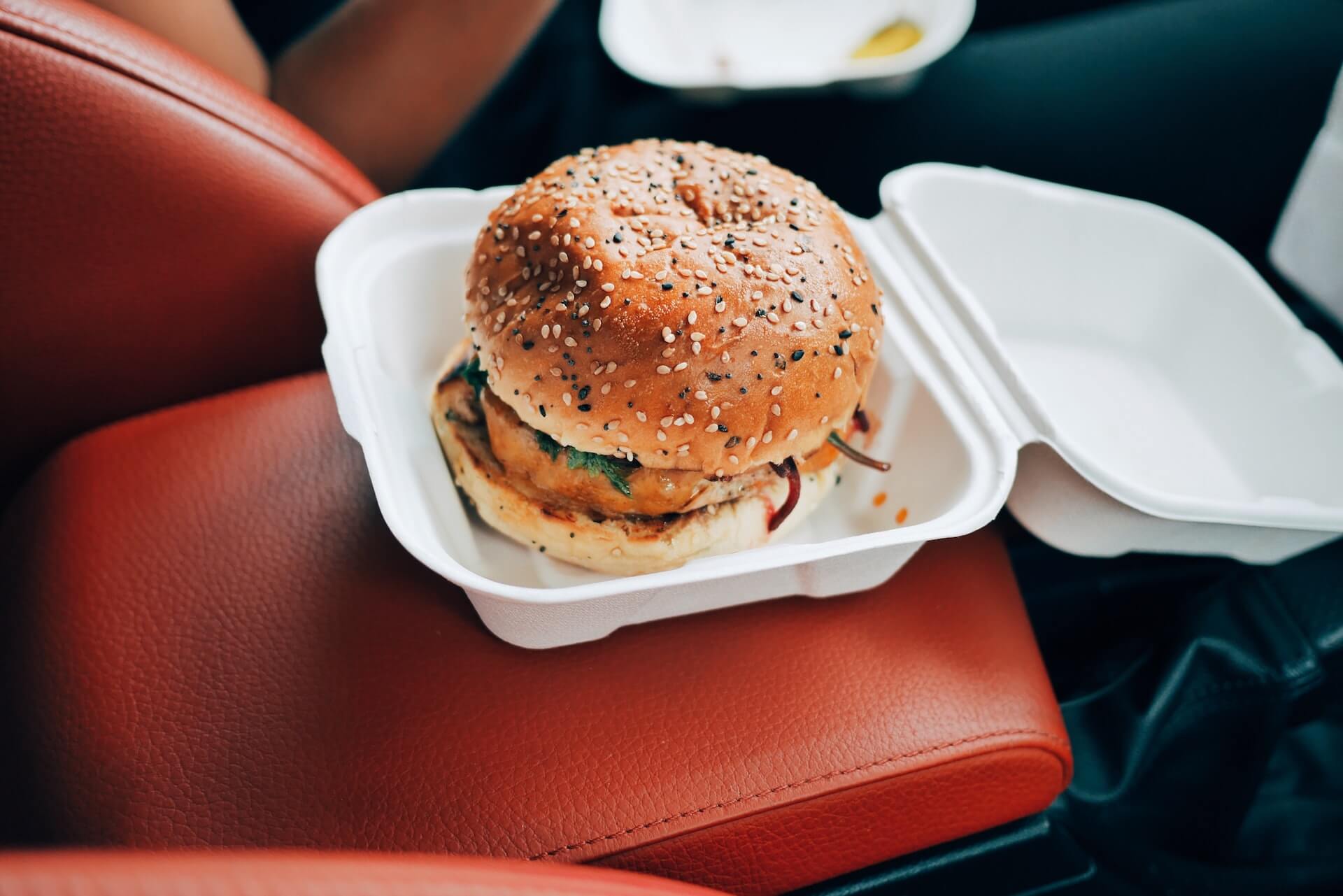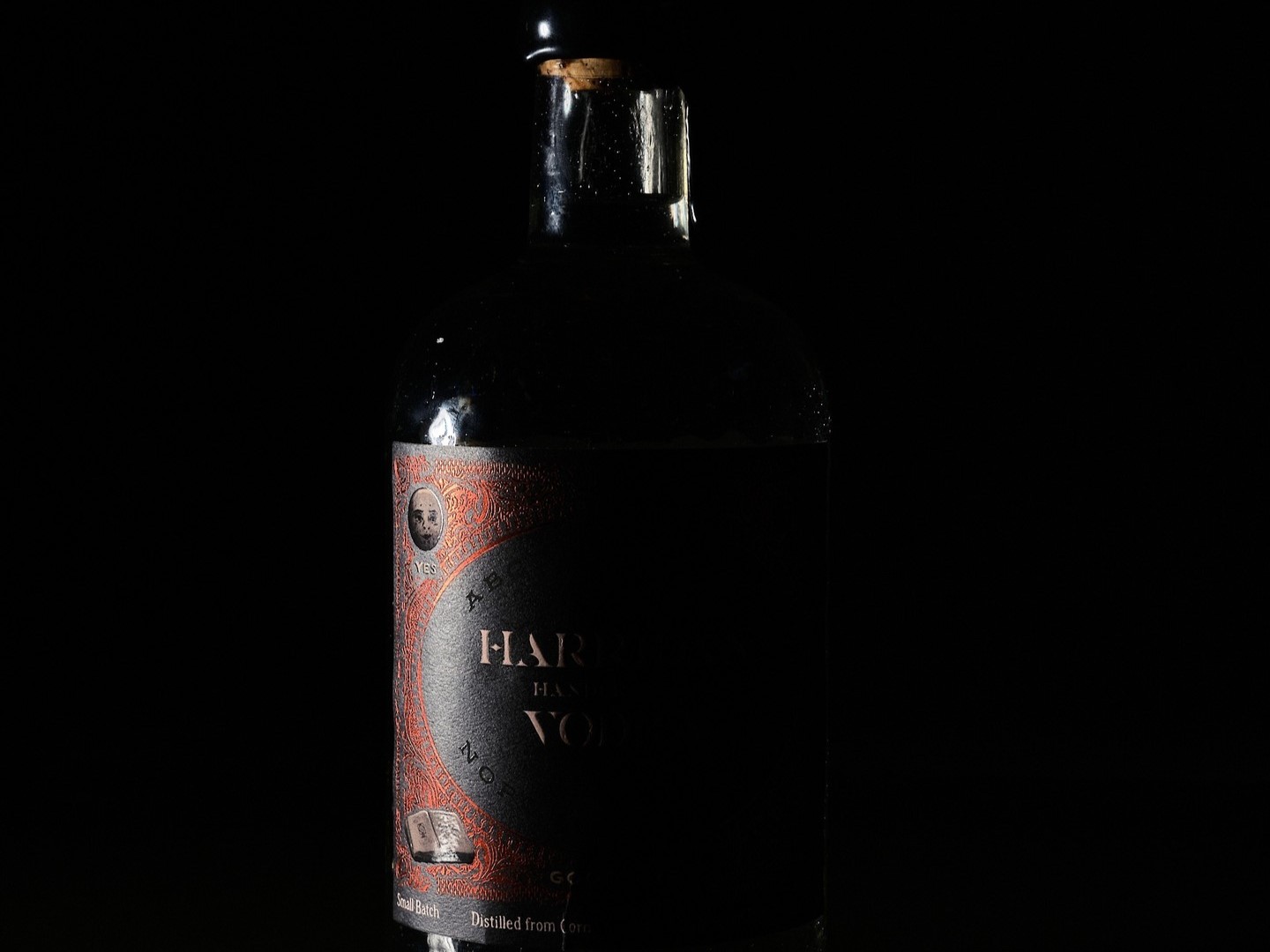Bon Appétit Reveals the Best New Restaurants in 2022
by David Klemt
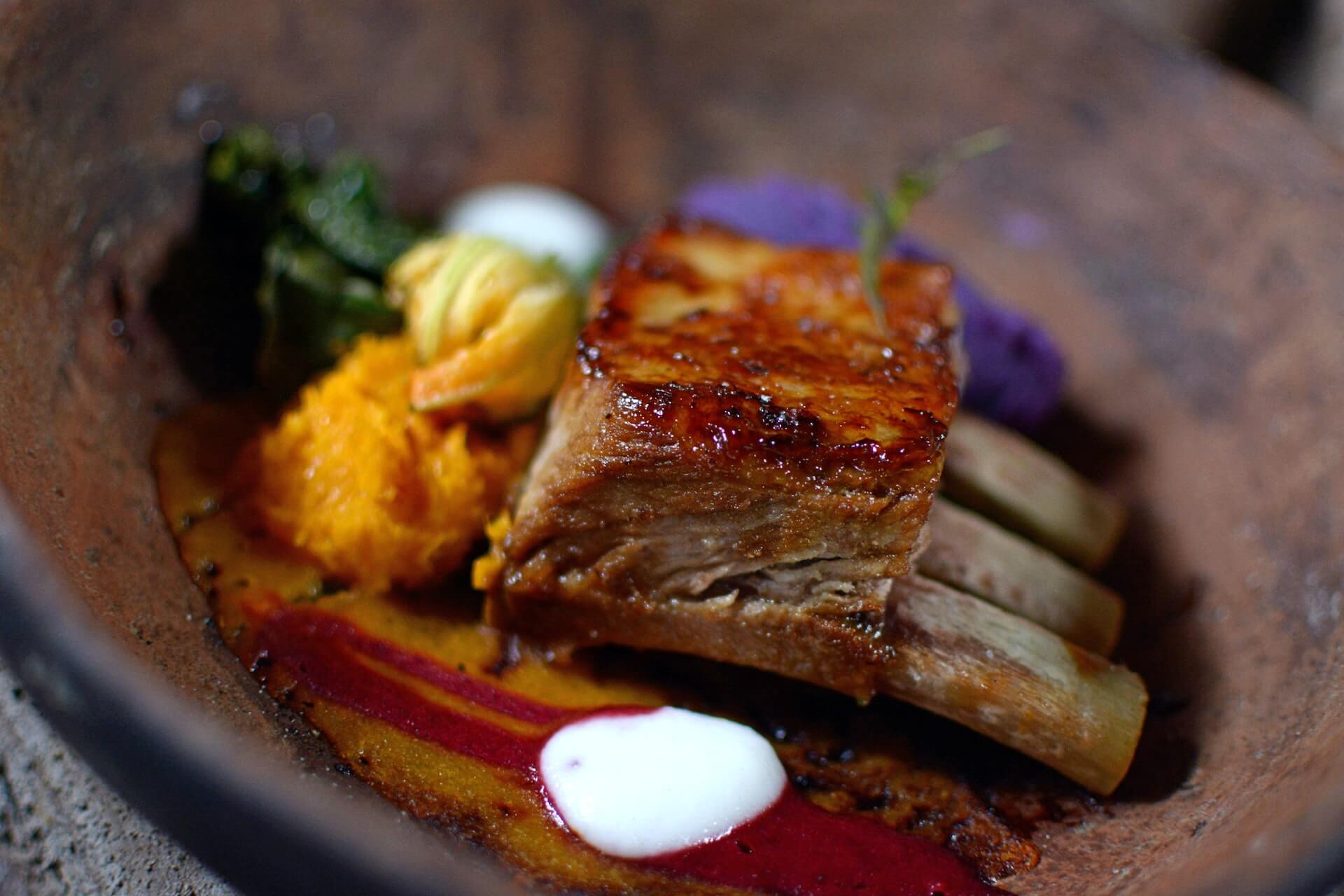
Condé Nast’s American food and restaurant publication Bon Appétit identifies the 50 restaurants they deem the very best in 2022.
The intriguing list highlights the consumer desire to try a wide range of global cuisines. Indeed, were one to eat their through Bon Appétit‘s 2022 list, they’d enjoy both traditional and modern:
- African (notably, Nigerian)
- Cantonese
- Caribbean
- Eastern European (Hungarian, in particular)
- Filipino
- French
- Indian (including Goan and Kashmiri)
- Italian
- Japanese
- Jewish
- Korean
- Laotian
- Mexican
- Palestinian
- Portuguese
- Vietnamese
Of course, one will also find American cuisine. Of note, Texas barbecue, elements of Memphis barbecue, Low Country, Cajun cooking, and Midwest comfort food. There are also restaurants offering creative takes on traditional steakhouse fare. One restaurant’s focus, The Nicolett in Lubbock, Texas, is High Plains cuisine. (For those wondering, Bon Appétit describes this as “West Texas terroir.”)
This is a compelling list, showing that consumers crave a balance between comfort food and stepping outside of their comfort zones to discover cuisines that are new to them. I encourage everyone to look into these restaurants for inspiration and motivation.
Regional Performance
For simplicity, Bon Appétit arranges their list by dividing the US into four large regions: Midwest, Northeast & Mid-Atlantic, South, and West.
Interestingly, the South claims the most restaurants on this list of the 50 best, earning 17 spots. Northeast & Mid-Atlantic restaurants grab 15 spots, the West takes 12, and the Midwest claims just six.
When it comes to the South, Texas performs the best in terms of number of restaurants on the list. There are two in Austin, and one each in Fort Worth, Garland, Houston, Lubbock, and San Antonio.
However, Florida, Georgia and Louisiana also do well for the South, earning three spots each in the following cities:
- Miami (2) and North Miami (1)
- Atlanta (2) and Savannah (1)
- New Orleans (3)
Unsurprisingly, New York leads the way for the Northeast & Mid-Atlantic region. Drilling down, Brooklyn boasts four of Bon Appétit‘s 50 Best New Restaurants 2022; New York City is the home of three; and one is in Hudson.
Pennsylvania, however, claims three spots, all in Philadelphia.
Equally as foreseeable, California boasts the most restaurants among this list of fifty. Predictably, most are in Los Angeles, which claims three in total. Oakland, San Diego, and San Francisco round out California’s spots with one each. Coming in second in terms of Western states with multiple restaurants on the list is Oregon, with two in Portland.
Unfortunately, the Midwest simply doesn’t perform nearly as well on this year’s list as its counterparts. In fact, it has just half the number of restaurants as the third-place region with six. Cincinnati, Ohio, takes a third of those spots. Surprisingly, Chicago is home to just one restaurant on this list.
The 50 Best New Restaurants
Below you’ll find Bon Appétit‘s list in alphabetical order.
- Agi’s Counter (Brooklyn, NY)
- Baba’s Pantry (Kansas City, MO)
- Bacanora (Phoenix, AZ)
- Bata (Tucson, AZ)
- Birdie’s (Austin, TX)
- Bocadillo Market (Chicago, IL)
- Bonnie’s (Brooklyn, NY)
- Cafe Mochiko (Cincinnati, OH)
- Cafe Mutton (Hudson, NY)
- Canje (Austin, TX)
- Common Thread (Savannah, GA)
- Daru (Washington, DC)
- Daytrip (Oakland, CA)
- Dear Annie (Cambridge, MA)
- Dept. of Culture (Brooklyn, NY)
- El Rincon del Maiz (Garland, TX)
- Gage & Tollner (Brooklyn, NY)
- Good Good Culture Club (San Francisco, CA)
- Her Place (Philadelphia, PA)
- Irwin’s (Philadelphia, PA)
- Juniper Cafe (Atlanta, GA)
- Kingfisher (San Diego, CA)
- Korshak Bagels (Philadelphia, PA)
- La Diabla Pozole y Mezcal (Denver, CO)
- La Onda (Forth Worth, TX)
- Lasita (Los Angeles, CA)
- Lengua Madre (New Orleans, LA)
- Los Félix (Miami, FL)
- Lucian Books and Wine (Atlanta, GA)
- Ma Der Lao Kitchen (Oklahoma City, OK)
- March (Houston, TX)
- Mid-City Restaurant (Cincinnati, OH)
- Mister Mao (New Orleans, LA)
- Morchella (Portland, OR)
- The Nicolett (Lubbock, TX)
- One White Street (New York, NY)
- Paradis Books & Bread (North Miami, FL)
- Phởcific Standard Time (Seattle, WA)
- Quarter Sheets (Los Angeles, CA)
- Reese Bros Barbecue (San Antonio, TX)
- Regards (Portland, ME)
- República (Portland, OR)
- Seafood Sally’s (New Orleans, LA)
- Semma (New York, NY)
- Sozai (Clawson, MI)
- Sunny’s Steakhouse (Miami, FL)
- Supperland (Charlotte, NC)
- Uncle Lou, New York, NY)
- Yangban Society (Los Angeles, CA)
- Z&Z Manoushe Bakery (Rockville, MD)





